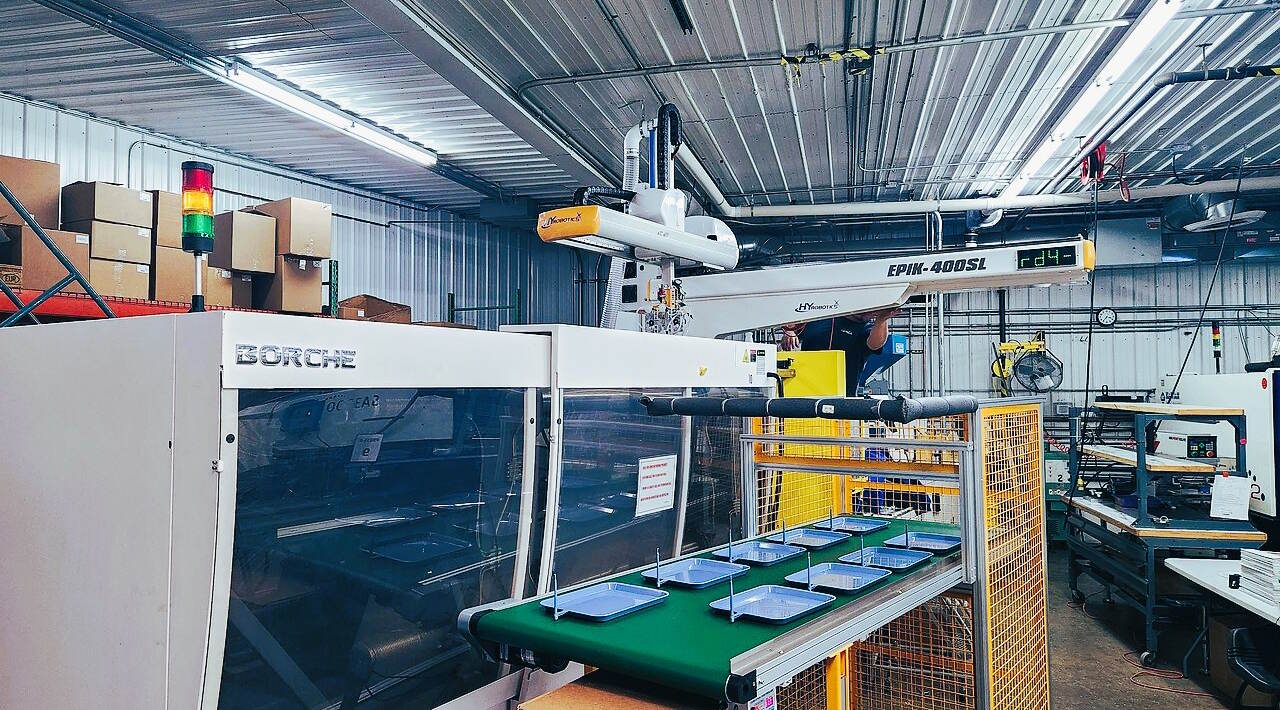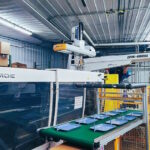Right now, you’re likely within arm’s reach of a dozen items born from a process called injection molding. The case of your phone, the keys on your keyboard, the container holding your lunch—they all started life in the same way: as plastic pellets meeting a master of precision engineering. Not the molding machine itself, but its heart and soul: the injection mold.
This isn’t just a hunk of machined steel. It’s a high-stakes investment, a complex character in the story of any product, and arguably the most critical factor between a flawless launch and a costly disaster. But what does it take to bring this unsung hero to life?
The journey from a digital blueprint to a humming, part-producing asset is a fascinating tale of collaboration, precision, and foresight. Let’s take a closer look at the lifecycle of an injection mold.
Phase 1: The Digital Blueprint – Where Problems Are Solved Before They Exist
Before a single block of steel is ordered, the most important phase begins on a computer screen. This is where the product designer, the mold maker, and the manufacturing engineer come together for a conversation called Design for Manufacturability (DFM). Think of it as a preemptive strike against future headaches.
This stage is all about asking tough questions:
“How will the part come out of the mold?” This decides the parting line — i.e. the seam where the two halves of the mold meet. Its placement is a crucial combination of aesthetics and function, hiding visible lines while ensuring the mold can actually open.
“Will the part get stuck?” This is why draft – i.e. slight angles on vertical walls – is non-negotiable. Without it, the newly formed plastic part would grip the steel walls like a climber without a rope, requiring excessive force to eject and likely getting damaged.
“Will it cool evenly?” Consistent wall thickness is the golden rule. Thick sections cool slower than thin ones, leading to ugly sinks, voids, and warpage. A good DFM will suggest ribbing to add strength instead of just making walls thicker.
The star of the show is Mold Flow Analysis. This sophisticated software simulates the molten plastic flowing into the mold cavity. It predicts potential issues like air traps, weld lines (where flow fronts meet weakly), and pressure variations.
It’s like getting a crystal ball that lets engineers tweak gate locations (where the plastic enters), runner sizes, and cooling channel layout before committing to six figures of machined steel. This step alone saves countless funds and weeks of delay.
Phase 2: The Birth – Machining, Sparking, And Texturing
With the design signed off, the mold maker gets to work. This is where art meets industrial science. A typical mold is built from a set of hardened plates (the “mold base”) that house the custom-machined cores and cavities, which form the negative impression of your part.
The primary tool is CNC (Computer Numerical Control) machining, where computer-guided cutters sculpt the steel with breathtaking accuracy, often within microns. But for the intricate details—undercuts, sharp corners, complex textures—machinists turn to a different process: EDM (Electrical Discharge Machining).
EDM is pure magic. It uses controlled electrical sparks to erode metal into shape. An electrode, machined to the inverse of the desired form, is lowered towards the steel block. Thousands of sparks per second vaporize microscopic particles, burning incredibly precise details into the hardest of steels without any physical contact or cutting force.
Finally, there’s the finish. Does your part need a glossy, mirror-like shine? That comes from hours of manual polishing by a skilled craftsman with a series of increasingly fine abrasives. Does it need a soft-touch matte finish or a leather grain? That’s achieved through chemical etching or laser texturing, applying a pattern to the steel that transfers onto every part it makes.
Phase 3: The First Test Run – T0 Trials And Tweak
The moment of truth arrives. The newly assembled mold is installed into an injection molding machine for its first trial, called a T0 (Tooling Zero) or T1 trial. The goal here isn’t mass production; it’s discovery.
The machine cycles, and the first parts, often made from a basic plastic or even the wrong color for better visual inspection, are carefully extracted. These are “test shots.” The team immediately looks for defects: short shots (incomplete filling), flash (plastic leaking out of the seam), sink marks, or ejection problems.
This is a diagnostic process. Vents might be added to let trapped air escape. Gate sizes might be enlarged to improve flow. Cooling line flow might be adjusted. It’s a iterative process of tweaking the mold and the machine settings until the parts coming out meet the quality standards. This phase culminates in a First Article Inspection (FAI), a rigorous process of measuring the trial parts against the original CAD model to ensure perfection.
Phase 4: Production And The Care It Needs
Once approved, the mold graduates to its life’s purpose: production. Mounted in a machine, it will tirelessly open and close, cycle after cycle, often running 24/7. But like any precision instrument, it can’t be ignored.
Preventive maintenance is key to longevity. This involves regular cleaning of vents and surfaces, lubrication of moving components like sliders and lifters, and checking for signs of wear or corrosion. A well-maintained steel mold can easily produce millions of parts, becoming a valuable asset on the company’s books.
Phase 5: The Next Chapter – Repurposing And Recycling
Even the best molds eventually retire. But their life may not be over. For a product refresh, a mold might be refurbished: new cavities inserted, surfaces re-polished, or details added. If a product is truly end-of-life, the mold itself, made from high-grade tool steel, is a prime candidate for recycling. It can be melted down and reborn as a new mold for a new product, closing the loop.
Manufacturing The Modern World
Understanding the entire journey of injection molding—from collaborative design to final recycling—is what separates successful products from failed ones. It’s a process that demands respect for the craft, investment in foresight, and a partnership between designer and maker. The humble injection mold is the silent, steel-bound engine of our modern world, and its story is one well worth knowing.






